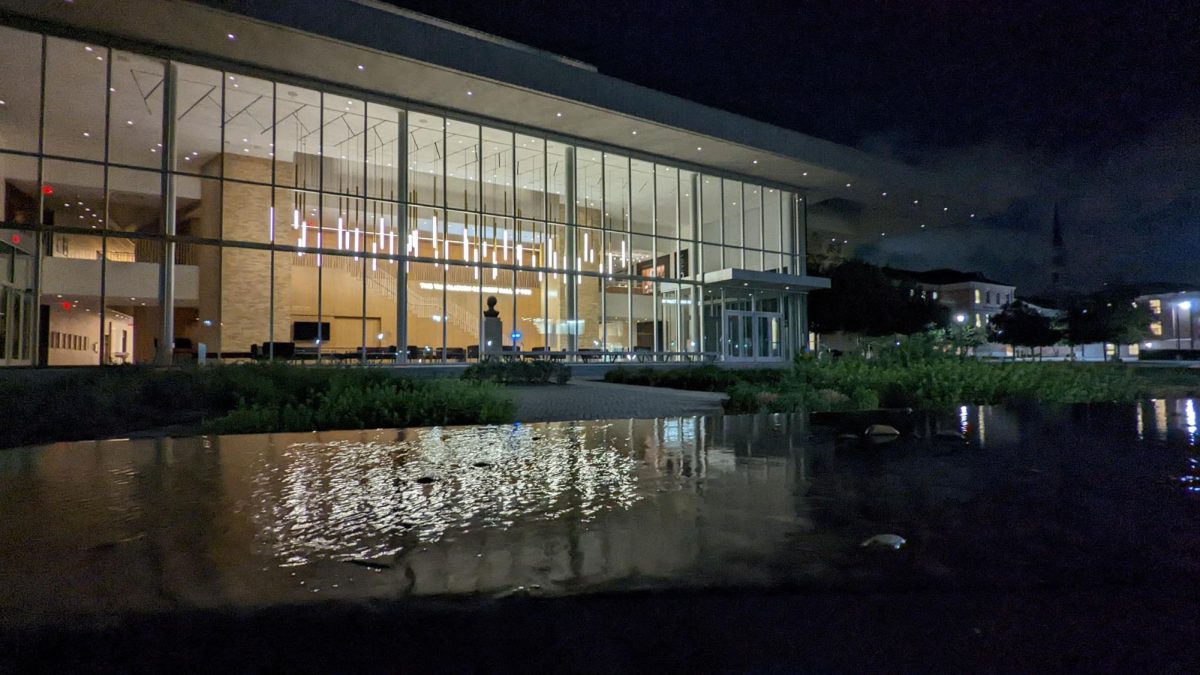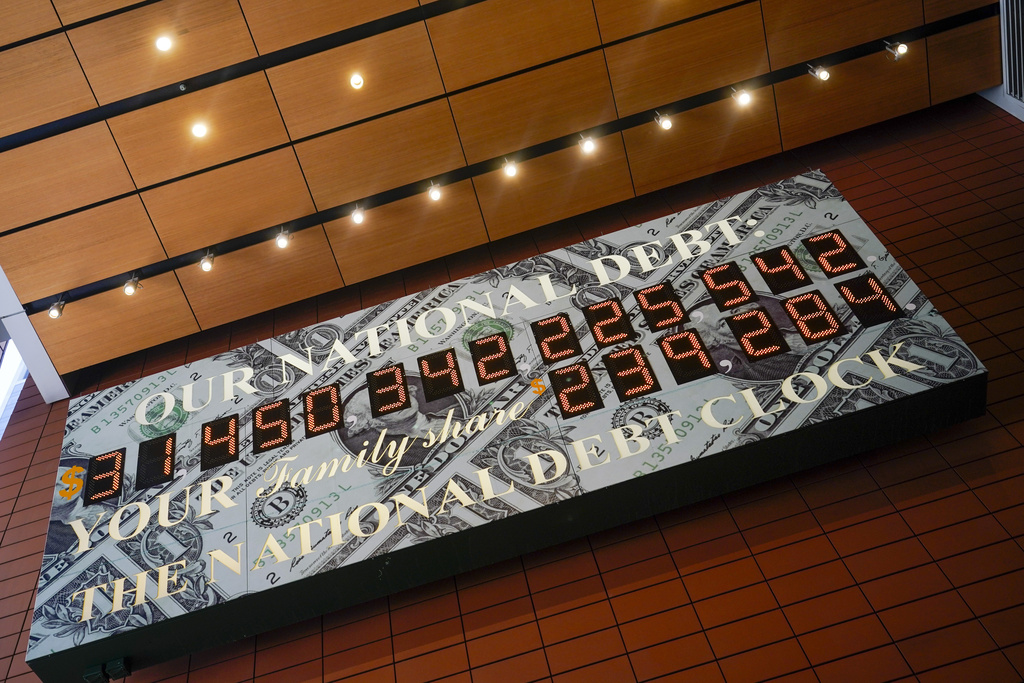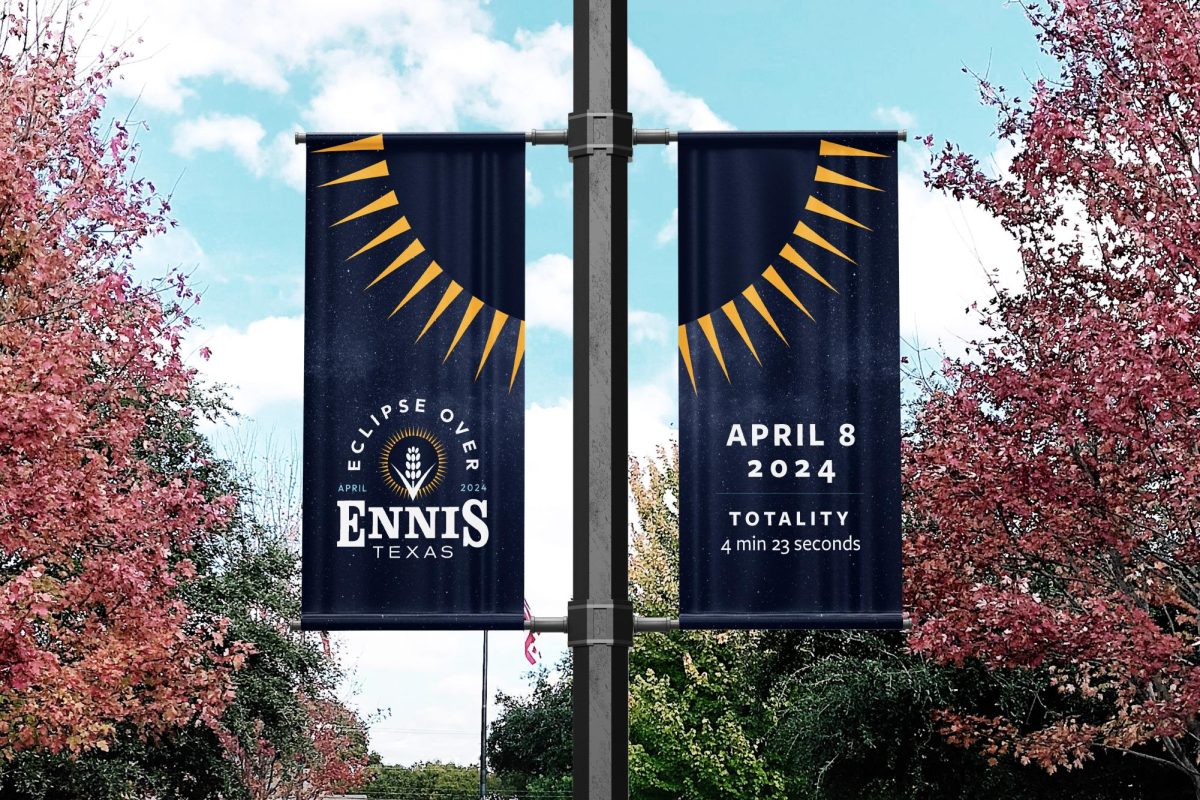The population growth spurt in Fort Worth drives redistricting in city council, and possibly new representation for the 9th district.
Fort Worth is redrawing council lines to reflect the growth of the first decade of this century. Every 10 years the federal government takes a census and based on those results city and state government adjusts accordingly.
Fort Worth has eight districts with one mayor. City council meetings have been abuzz with discussions about the possibility of making Forth Worth a 10-district city.
Opposition arose with the additional expenses involved with adding a district. Jason Lamers, a city council spokesperson said the addition of two council offices would cost the city nearly $1 million in the first year. According to the city budget, a council member and their aid staff cost the city about $75,000 per year in salary. The additional expenses involve the addition of two council offices, the expense of a charter amendment election by the citizens, and the addition of two seats in the chamber. Infrastructure costs alone add up to nearly $850,000. Then, salaries must be added.
Keome Rowe, a mayoral and council aide for Legislative, Government and Public Affairs in Fort Worth, says another hot issue is whether or not to let citizens vote on the addition of two districts.
If two council members are not added, districts would need to expand in order to accommodate the population shift. Rowe said the council members’ districts could change mid-term, and citizens could be represented by someone they did not elect. Though redistricting battle is ongoing, re-elections for council members will not occur until May 2013, three years after census data was released.
The 2010 census recorded that Fort Worth is the fastest growing city in Texas. Fort Worth experienced 38.6 percent population growth in the last 10 years, growing from little more than 500,000 citizens, to 741,206 Fort Worth residents. According to census data, the largest growth was in the Hispanic population . This demographic represents 34.1 percent of Fort Worth’s population. The question is how that should be reflected on city council.
According to census data, two of the eight Fort Worth districts are predominantly Hispanic. Two are evenly distributed racially, one district is predominantly black, three are white. There is currently one Hispanic council member, Sal Espino who represents the second which is nearly evenly divided between Hispanic and white ethnicities.
Dr. John Riddlesperger of TCU’s political science department said the goal of redistricting is that every district has the opportunity to be ethnically represented in city council. However voting patterns and faulty redistricting lines sometimes prevent this from occurring. The council hires specialists to consider the population changes and sometimes they will resort to redrawing district lines. Currently, a debate amongst the city council is whether to accommodate the population growth with the addition of two districts.
The 9th district is majority Hispanic. The 76109 zip code is right in the middle of a Hispanic conglomerate. Because of this concentration and the population growth the 76109 could be largely affected by redistricting lines.
However, the opportunity for representation does not always ensure it. A goal of redistricting is that no voting block be diluted. Though city government is non-bipartisan, if ethnic groups do not vote, they lose their opportunity to be represented.
Dr. James Riddlesperger said the goal of redistricting is that every district has the opportunity to be ethnically represented in city council. However voting patterns and faulty redistricting lines sometimes prevent this from occurring.
The 9th district is represented by Joel Burns. Burns has represented the 9th district for almost four years. If the lines are redrawn for districts, council members may no longer be advocating for the people who voted them in.
“A council person voices the needs of their people,” said Clarke.
Clarke said a negative side to redistricting is that a councilperson’s district lines could change in the middle of their term, thus a councilperson is no longer representing the people who voted them in.
“I don’t really have many fears about redistricting. Only that we would be thrown into another district with a councilperson that wouldn’t be as up to date on issues as Mr.Burns is,” Clarke said.
Rowe said the council members’ districts could change mid-term, and citizens could be represented by someone they did not elect. Though the redistricting battle is ongoing, re elections for council members will not occur until May 2013.
Riddlesperger said changing and possibly adding districts would result in better relationships with council members as well as more diversity on the council.
“The issue is how to draw lines so it’s fair for everyone,” Riddlesperger said. ”Council members have districts they want to represent, and people don’t want the council member that they elected to be moved to another district mid-term.”
Riddlesperger said adding two new districts would be worth the expenditure, and it might maintain the district lines for the current council members to continue representing the people who voted them in. If not, it might reserve the districts for less dramatic shifts.
Riddlesperger said the process for choosing and reelecting council members is intricate, and can be found in the Fort Worth City Hall Charter. Fort Worth runs on a precinct style system, which means city council members are elected in based on where they live geographically. Councilman Joel Burns is the neighbor to those he represents at City Hall. But when redistricting lines change, he may be representing new areas. Then, reelection may be more difficult.





